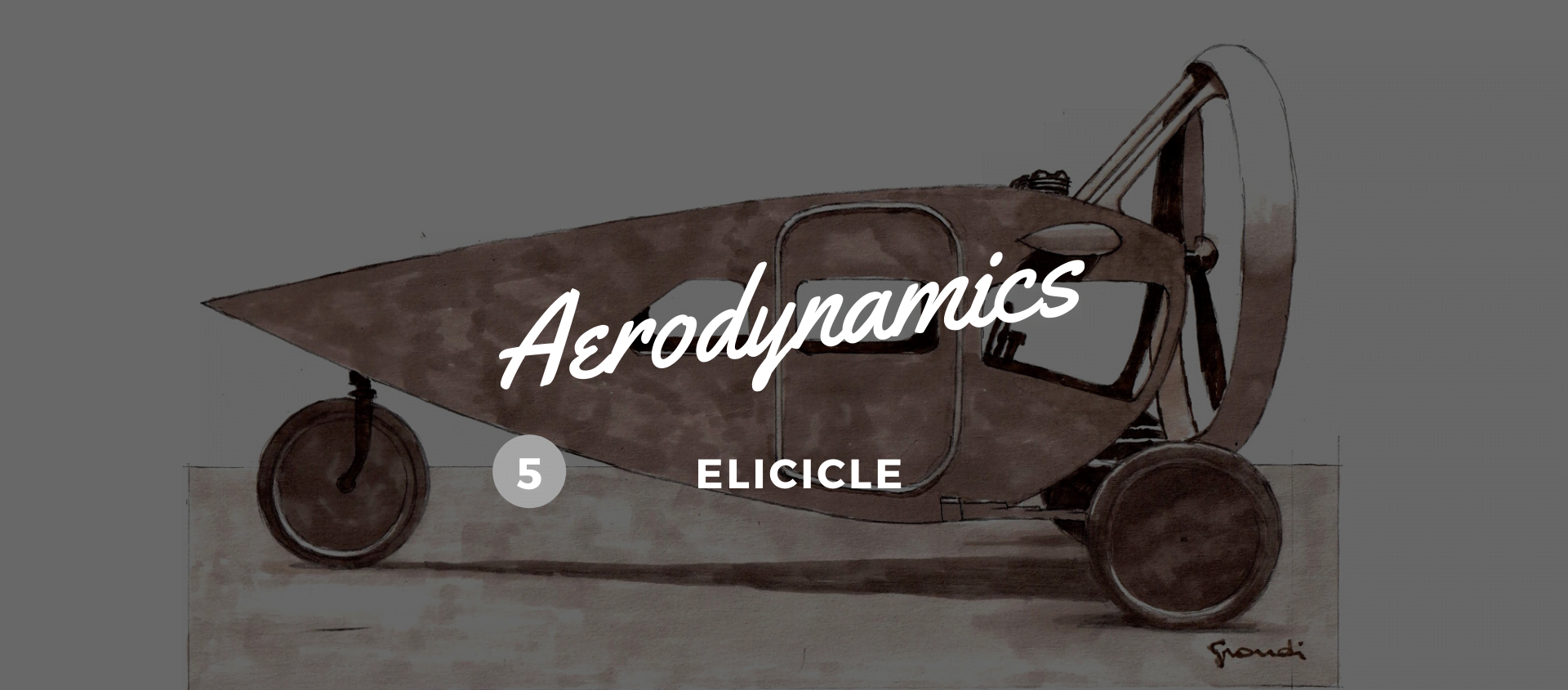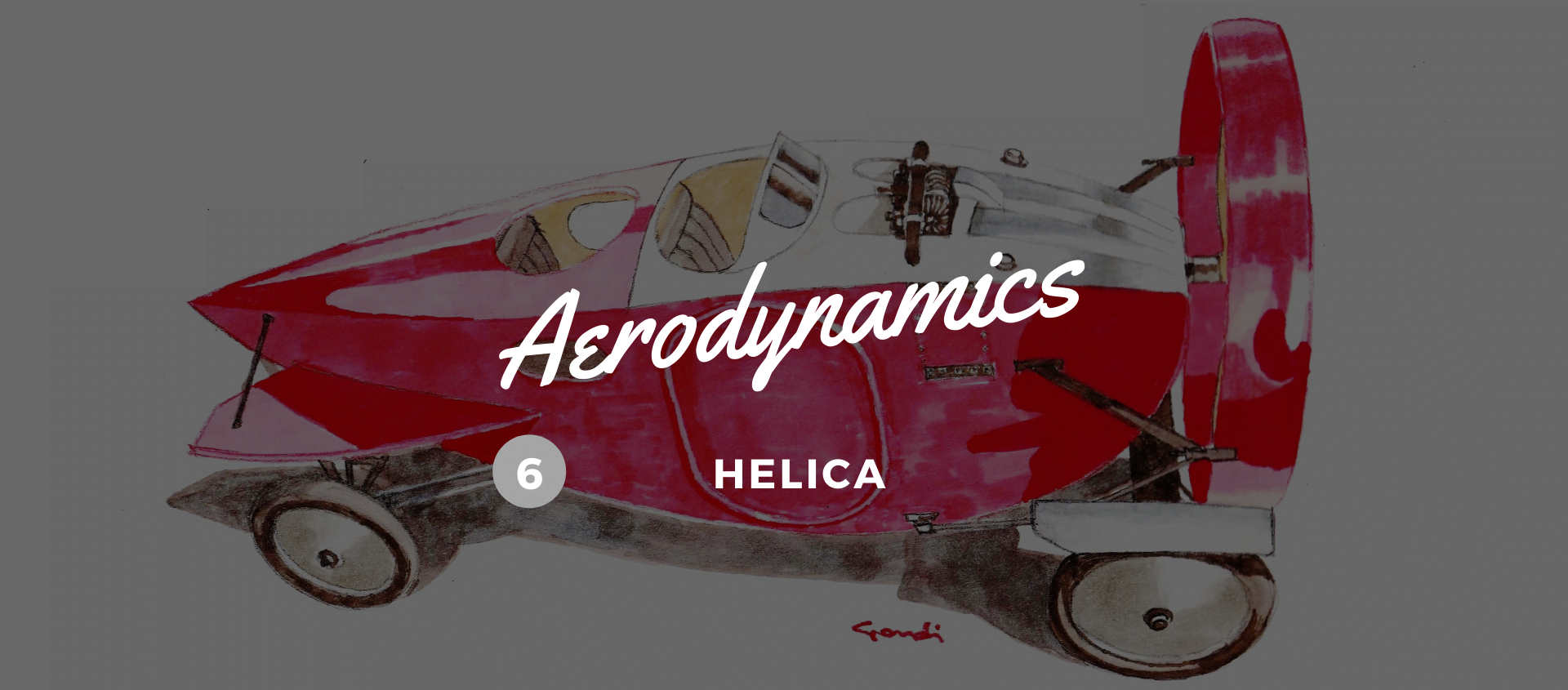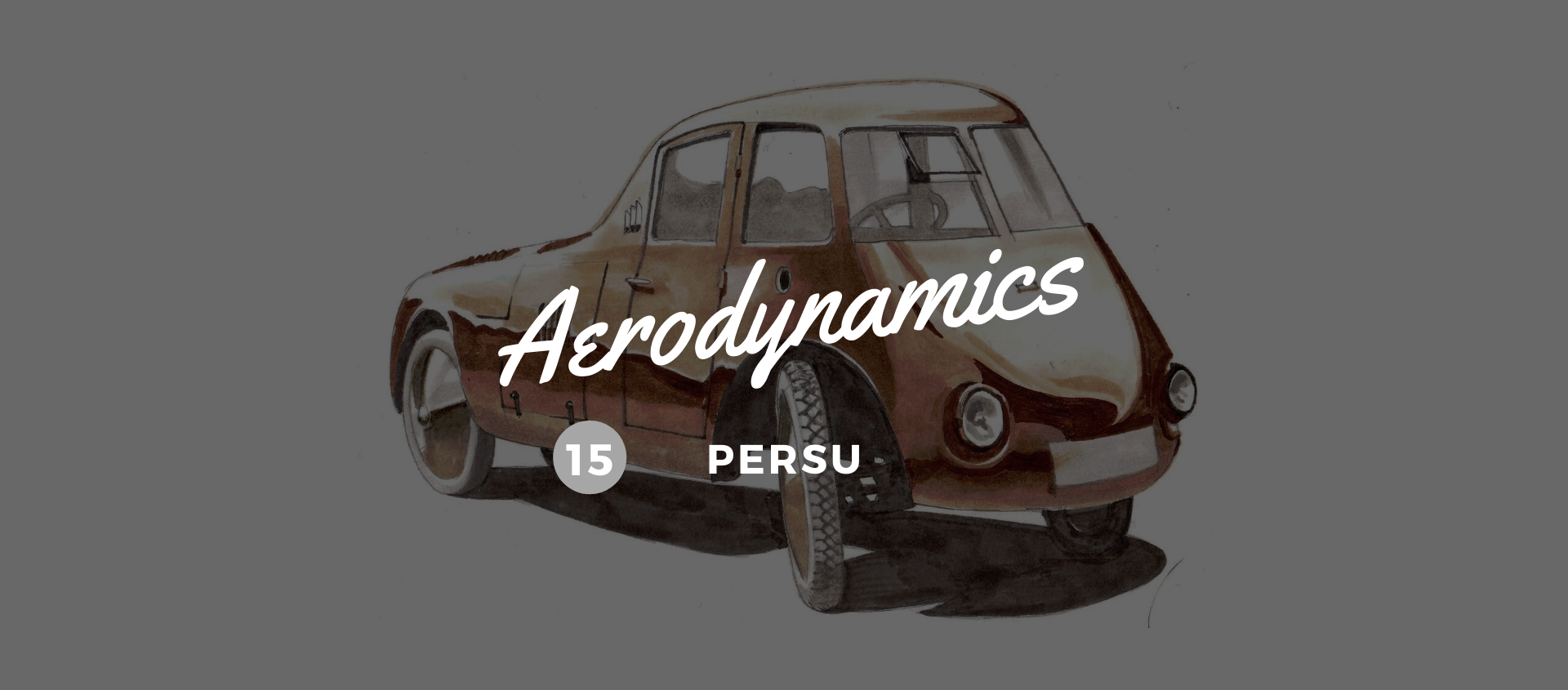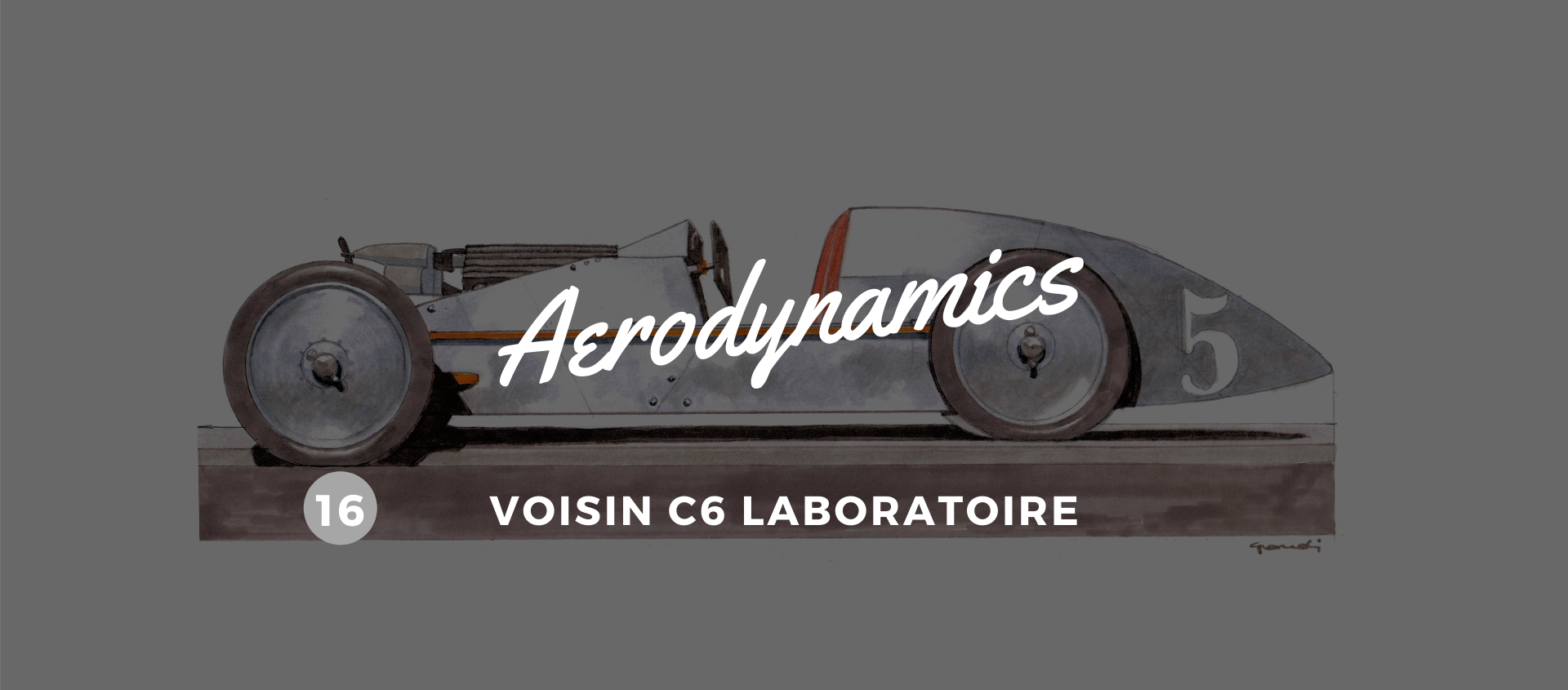When imagination and folly meet. 1913. Marcel Leyat’s Elicicle
09 March 2020 2 min read 3 images

Unveiled in 1913, the Elicicle had a simple and, in some ways, rational design. But the road was the wrong place for it!
Register to unlock this article
Signing up is free and gives you access to hundreds of articles and additional benefits. See what’s included in your free membership. See what's included in your free membership.
Already have an account? Log In


